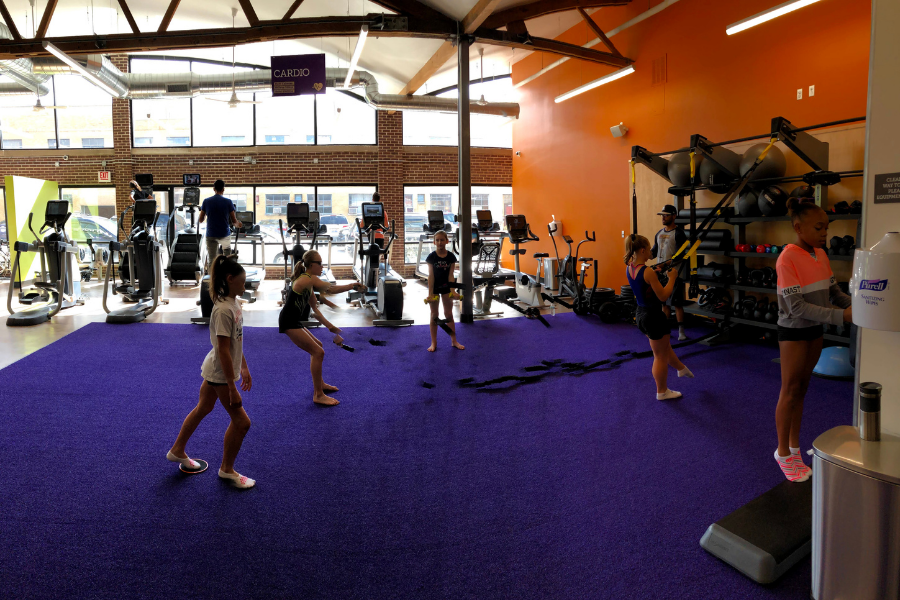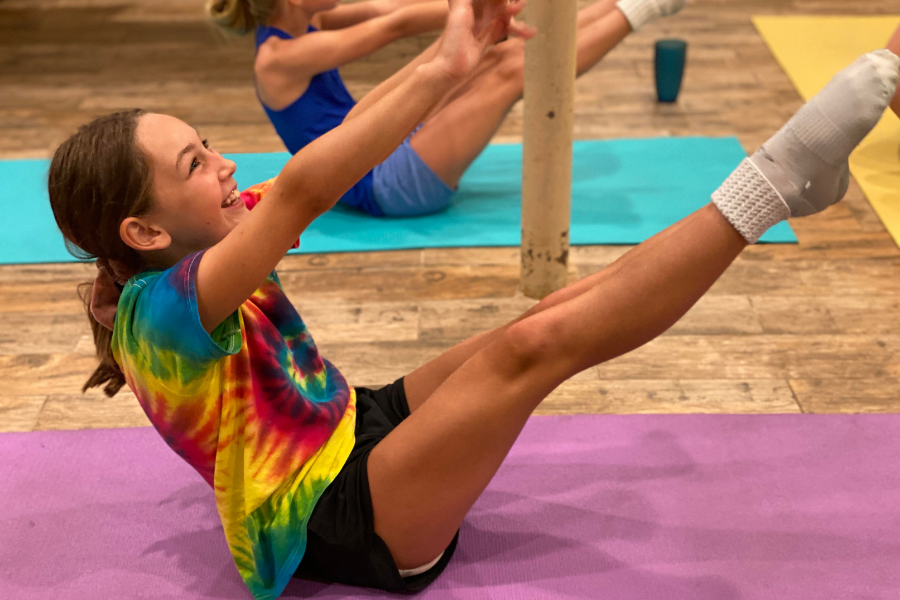Gymnasts spend a lot of time on their hands. Tumbling, swinging on the bars, vaulting, you name it; at some …


Gymnasts spend a lot of time on their hands. Tumbling, swinging on the bars, vaulting, you name it; at some …

Recovery is crucial after an intense and exhausting competition season. Look no further for a few tips that will help …